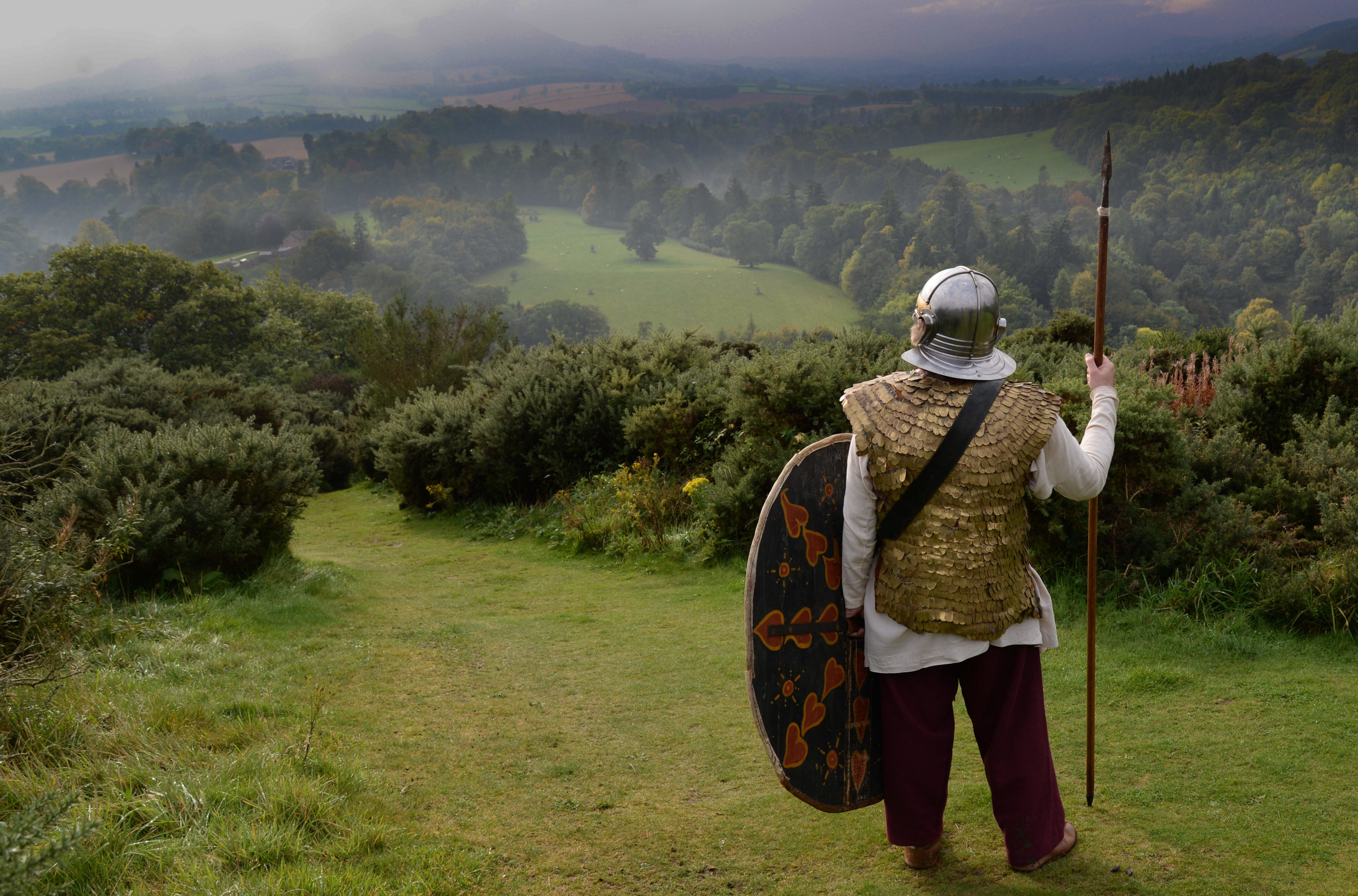
THE Scots caused trouble for the Romans but, in 210 AD, Septimius Severus came close to conquering the nation.
Dr Simon Elliott tells Laura Smith the Honest Truth about the “First Hammer of the Scots” and Rome’s final, bloody campaign north of Hadrian’s Wall.
Why did you write about Septimius Severus’s Scottish campaign?
During my PhD thesis on how Roman London was built, I discovered the role Rome’s military fleet played in supporting land campaigns in Britain.
The biggest was the Severan attempt to conquer Scotland in the early 3rd Century. With 50,000 men plus the 7,000 sailors of the fleet, it was the largest campaigning force ever to fight in Britain.
Who was Septimius Severus?
Born to one of the richest families in the Roman Empire, he became one of the great warrior emperors. He hacked his way to power in 193 AD and oversaw successful conquests in the east and Africa.
But he died in a freezing winter in Yorkshire in February 211 AD.
When and why did his forces invade Scotland?
Severus received a letter from the British governor Senecio in 207 AD warning that the island province was in danger of being overrun by “the barbarians” or Northern tribes, who were revolting.
The emperor arrived in Britain in 208 AD with 50,000 men.
He made York his capital and mounted two “shock and awe” campaigns north of Hadrian’s Wall in 209 and 210 AD.
Who did he fight?
By the 180s, the various tribes in Scotland had merged into two alliances: The Maeatae, based either side of the Antonine Wall and in Fife, and the Caledonians to their north.
The natives avoided pitched battles as they knew the size of the Roman force and their weapons would count against them. Instead, they mounted a guerrilla campaign.
How far did the Romans get?
Severus hammered through the Borders with his whole force of 50,000 land troops. He destroyed any opposition and built a bridge of 500 boats across the Firth of Forth.
Then he divided his force into two. Two-thirds, under his son Caracalla, crossed the bridge and marched along the Highland Boundary Fault to seal off the Highlands up to Stonehaven.
Meanwhile, the rest sealed off the coast. With the natives surrounded, Severus headed north through Fife and struck into the soft underbelly of native resistance in the upper Midland valley.
A peace treaty was agreed but the natives revolted. In response, Severus ordered genocide.
Why had the Romans struggled to take Scotland?
Terrain and weather always counted against the Romans, as did the native knowledge of their own battle space. Also, a lack of political will to commit the forces needed. The main difference here was the size of Severus’s force, but even with this, he still failed to conquer Scotland.
How close did the Romans come to conquering the country?
I think very close, especially after Severus’s genocide order of 210 AD. There is clear evidence for 80 years afterwards of major depopulation in the Lowlands.
However, when Severus died in February 211 AD in York, aged 65, the political will to stay quickly fizzled out.
His sons Caracalla and Geta couldn’t wait to get back to Rome, and by the end of the year, the former had the latter killed.
Meanwhile, the far northern border of the north-west of the Roman Empire reset on Hadrian’s Wall once more.
What happened then?
From the end of the 3rd Century onwards, after 80 years of comparative peace, the Romans often campaigned in Scotland up until the end of their occupation of Britain in the early 5th Century, but they never mounted an attempt to conquer the northern territory again.
They learned their lesson after Severus’s failure.
Septimius Severus In Scotland: The Northern Campaigns Of The First Hammer Of The Scots, published by Greenhill Books, is out now.

Enjoy the convenience of having The Sunday Post delivered as a digital ePaper straight to your smartphone, tablet or computer.
Subscribe for only £5.49 a month and enjoy all the benefits of the printed paper as a digital replica.
Subscribe